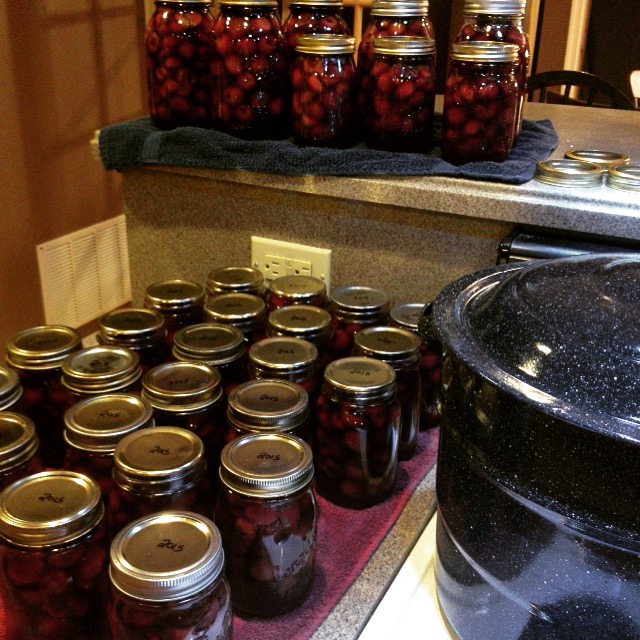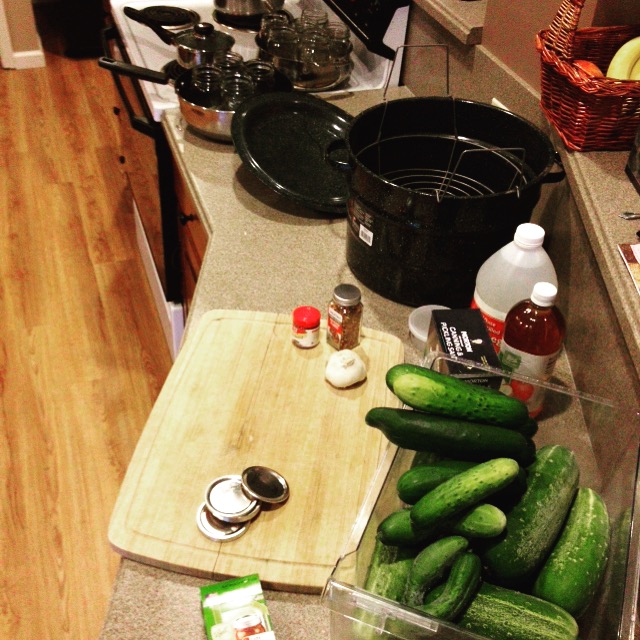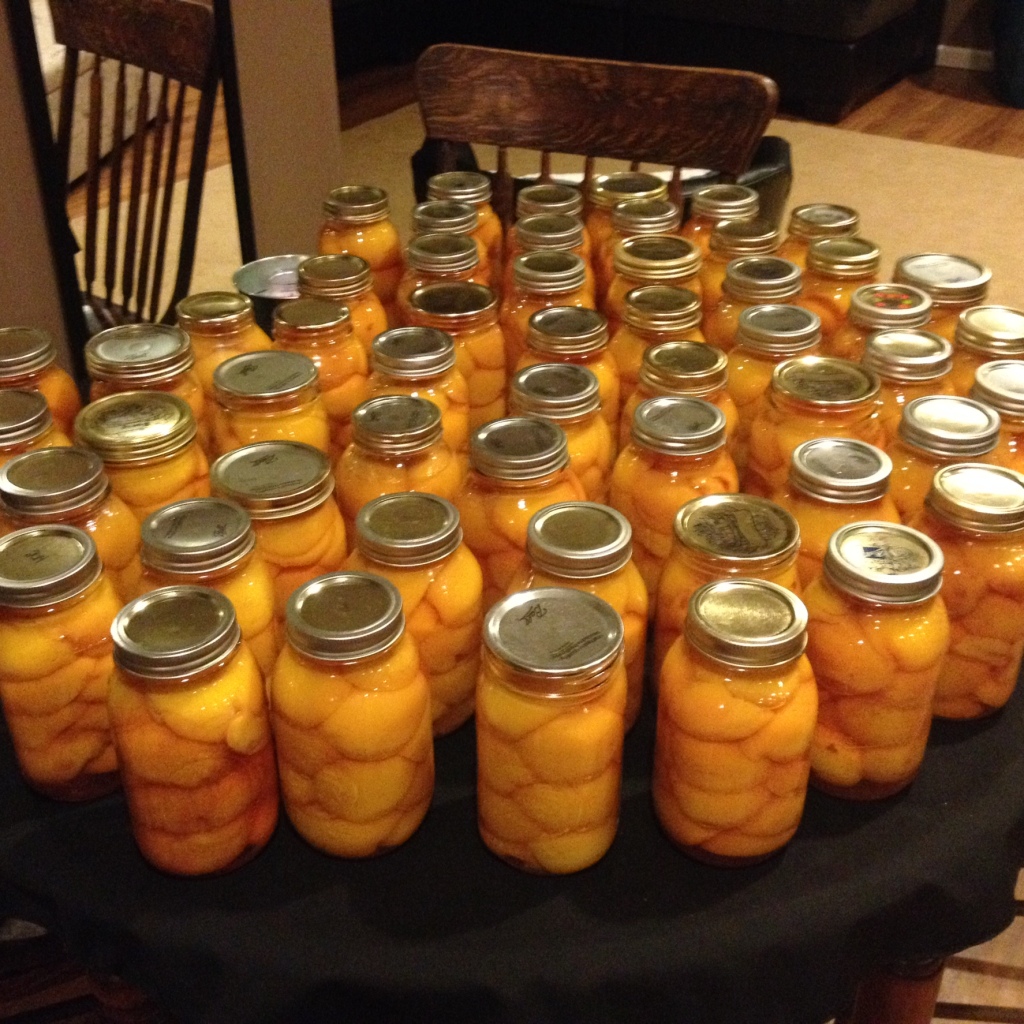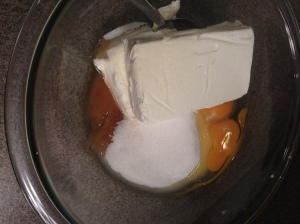This post is primarily written by my husband, Kevin. Back story: our church has been hosting millennials meetings recently (geared to ages 15-30), trying to find out what makes our generation come to church and what makes us leave. Many at these meetings suggested creating new programs and events to bring in youth, but Kevin and I feel that the solution is much simpler. Here are a few thoughts; we welcome feedback!
 The early twentieth century was defined by the Greatest Generation; the middle and late twentieth century by the baby boomers. As the twenty-first century dawns, everyone’s attention is turning toward the millennials. Politicians want to know what their hot-button issues are. Businesses want to know what products they want. Social commentators want to know what kind of a society we will pursue. And the church has questions too. Namely:
The early twentieth century was defined by the Greatest Generation; the middle and late twentieth century by the baby boomers. As the twenty-first century dawns, everyone’s attention is turning toward the millennials. Politicians want to know what their hot-button issues are. Businesses want to know what products they want. Social commentators want to know what kind of a society we will pursue. And the church has questions too. Namely:
-How can the church attract and minister to millennials?
-How can the church retain millennials?
Two separate questions, but ones which I believe are completely interconnected.
Why are millennials leaving?
A big part of this is simply the endemic problem millennials have with commitment in general. In an age of unprecedented access to information, connectivity, and mobility, we have limitless options. With so many choices, many millennials find decision making and commitment difficult, but drifting and sampling easy. Add to this the increasing cacophony of voices demanding our time, money, intellect, and allegiance—in a way it’s easy to see why today’s young people are so prone to bounce around. I suppose in some ways this has always been true of the youth demographic and I doubt it will ever change. That being said, I believe the church can still wade into this churning tide of information and demanding voices and provide a safe, stable harbor.
This leads me to my first thought: the “relevancy” of the church lies in being an institutional rock, not a trendy corporation. I think many churches confuse relevancy with trendiness. But as a millennial, I can personally attest that the church has a lot to offer as a sanctuary where we can meet face-to-face, tune out an exhaustingly loud and busy world, turn off our devices and reconnect with ourselves, our neighbor, and our God.
Credibility
But if we want to be relevant, we first need to restore our credibility. The recurring theme of my discussions with both former and current churchgoers (and, I might add, those who have avoided church altogether) is that as Christians, individually and institutionally, we have largely lost our credibility. We have done this by:
- creating a “Christian” subculture that is subpar in nearly every way
- becoming more combative and less collegiate
- overspiritualizing and preaching a message that is not lining up with reality
Credibility: A problem with “Christian” subculture
Throughout its history, one of the core tenets of the church was to celebrate, explore, support, and affirm that which is true, good, and beautiful—because these things are a reflection of our amazing God.
Yet the feedback I’ve gotten from Christians, atheists, and agnostics is that we have completely shot ourselves in the foot by so vigorously and vocally supporting anything that labels itself Christian. We may preach the true, the good, and the beautiful, but then we advocate for the latest Christian band or movie—which is often notoriously not beautiful, barely good, and not even that truthful. This is completely destroying our credibility. Deciding whether to watch or listen to media based on its Christian label first and foremost makes it seem as though we don’t value good art in itself. When we start asking “is it Christian enough?” rather than “is it good art?” we limit ourselves and lower our standards.
I understand wanting to support clean movies and music in an era where PG-13 might as well be X. However, when we fail to honestly critique Christian material the same way we critique secular works, we come off as biased, non-credible, and hypocritical—which we are.
I’m not saying we need to completely discard the Christian genre, but at the very least, we need to apply the “true, good, and beautiful” rubric to ourselves before judging others. I have personally found that doing so restores a level of credibility and opens doors to address deeper issues. It may well be time to—as adults—leave the Christian subculture behind and once again try being “in the world”—not “in our own world.”
Credibility: A problem of conversing
Another way we can restore credibility is by adopting a more collegiate atmosphere where opposing ideas can be safely exchanged and considered. Absolute truth exists. Of this I am supremely convinced. I loudly applaud the church for being a rock in a culture of subjectivity. That being said, there are actually precious few absolute truths which can be proven with one hundred percent certainty. There are far more gray areas. I think that both on an individual and institutional level, the church needs to do better at acknowledging the plausibility of various theories and humbly entering into vulnerable and open dialogue with those of differing opinions. After all, if we believe that truth exists, and that it will always rise to the top, why shy away from theories that conflict with ours? Isn’t it true that we might be wrong? Or only partly right?
We need to be careful to balance out aggressive apologetics with a little introspection and humility. For example, I love the idea of churches having a Got Questions booth at the local fair. But if we are going there to provide answers, we need to make sure that we are willing to listen too.
Credibility: A problem of obvious disconnect between message and reality
In addition, we need to make sure that our message matches reality, which is where I have found most former churchgoers have the biggest issues—and rightly so. Over-spiritualization has reached epidemic proportions and I believe it is creating more casualties than Christians. Again, our credibility is severely (if not completely) eroded when we ignore basic realities like statistics, probabilities, incentives, psychology, biology, sociology, and economics. Now, I understand not getting blown about by the latest scientific discovery, but there is a difference between being an anchor of intellectual rigor and a reef of blind dogmatism.
I get it. Intellectual honesty and vulnerability are hard work. It’s a whole lot easier to say “God works in mysterious ways” or “The devil made me do it” or “God must have a plan,” or “#blessed” than to deal with the tough realities of life.
But in over-spiritualizing, in giving God “all of the credit,” I fear we have actually minimized who God is—and worse, turned Him into a devilish puppeteer. This is a slap in the face of an amazingly complex, just, and loving God. It is also a great way to convert people to atheism and agnosticism.
It may be time to step back and refocus on the role God has granted man (via free will) to shape our individual lives, our culture, and planet. As a church, maybe it’s time we stepped up and took more responsibility instead of pushing it all on God. Maybe we need a little less #blessed and a little more #causeandeffect, and #takeresponsibility. Restoring our credibility is a major first step to making the church relevant again. It is also necessary to retain the next “churched” generation.
Retaining millennials via ministry
Another important factor for retention is ministry. I would encourage the church to emphasize the importance of “every member a minister”—especially for the young adults. I realize that (as in many of the areas discussed above) parents have a huge role to play. That being said, I know personally that direct teaching and encouragement from church leadership is a powerful motivator.
When, at a millennials meeting at our church attended by at least fifty people between 15 and 30, I asked for an informal show of hands to see how many of us were actively involved in ministries, I was appalled. Only a few hands went up. Here we were discussing what changes we could make, what new ideas and programs we could implement to attract and retain people, and yet so few of us were even involved in the ministries we already have! Maybe the last thing millennials need is a new program that caters to them. Maybe instead we should be learning to serve now, where we are.
“Every member a minister” is important for several key reasons. It gets us out of our segregated holy huddles. When we start helping our neighbors in tangible ways, it attracts those seeking the truth and ministers to those in need—which is kinda the thing Jesus exemplified.
It tangibly roots us as individuals in the institution of the church. It’s easy to sleep in and miss your age-tailored Sunday school class—it’s a lot harder if you are the teacher’s assistant or the teacher! As someone who often works a 12-hour night shift right before church, I know. Getting people working together, side by side, face to face, selflessly employing their talents for the benefit of another—this is what selfish, isolated millennials need. Maybe it’s time to learn dependability and responsibility via regular institutionalized ministry.
Ironically, one of the major attractions of texting, social media, and increased technological connectivity is the promise of human interaction and affirmation. The world’s solutions, however, often actually isolate the individual while simultaneously making him or her the central focus. Ministry provides an opportunity for interaction and affirmation, while turning the self outward toward others.
And so we have come full circle. The church, to the extent we restore our credibility, has much to offer in its traditional, classical form. A place of grace and learning which promotes the true, the good, and the beautiful, bringing people face to face, providing a quiet sanctuary from a loud and demanding world, and institutionally providing a superior infrastructure to reach out and serve our neighbors.
Conclusion
I personally have found that by distancing myself from popular “Christian” culture, by adopting a more collegiate approach, and in rejecting over-spiritualization, I have managed to restore credibility with all kinds of people and open the door to many good, challenging discussions. I’m trying to encourage my peers to adopt a similar approach and I think it would do churches a lot of good to hear their leadership do the same. By doing so I believe we can start to attract and retain millennials and others as we seek, teach, and apply the Truth to our lives.


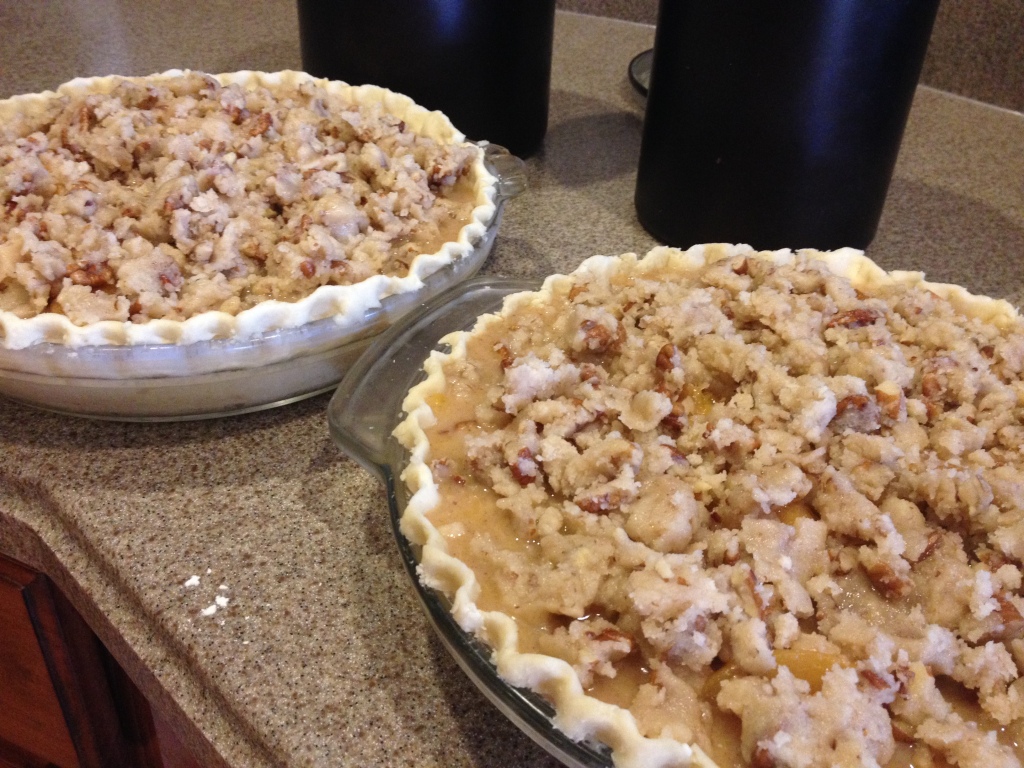

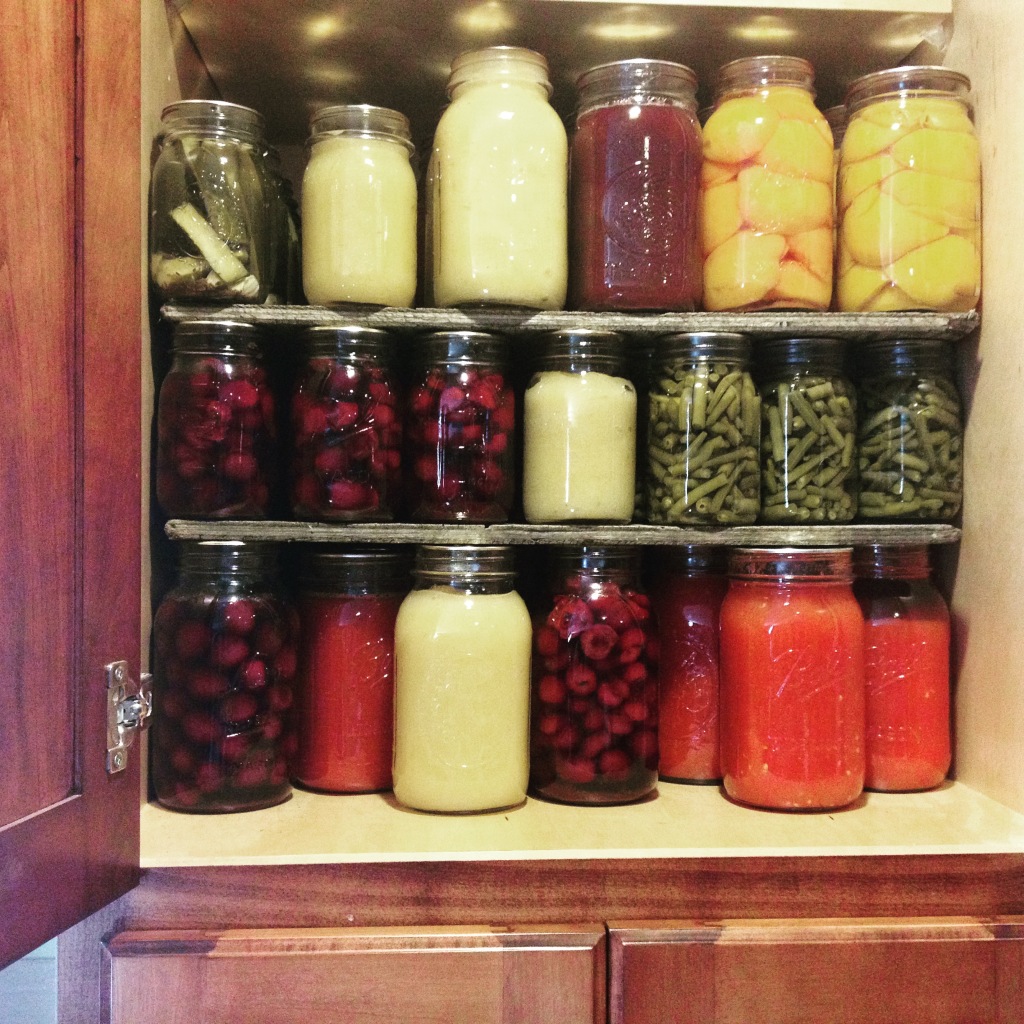




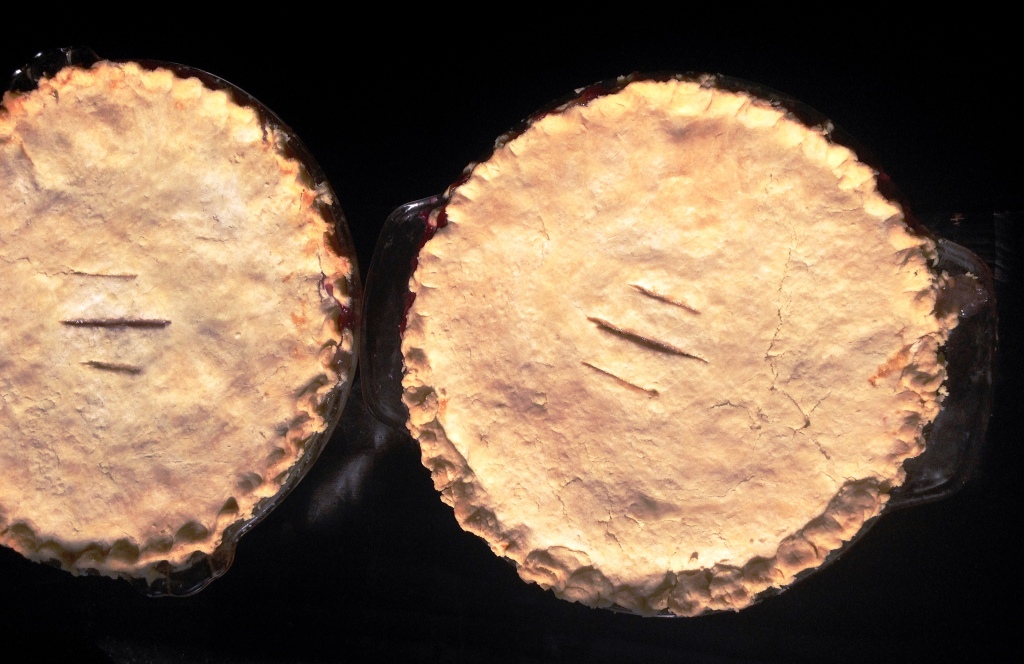






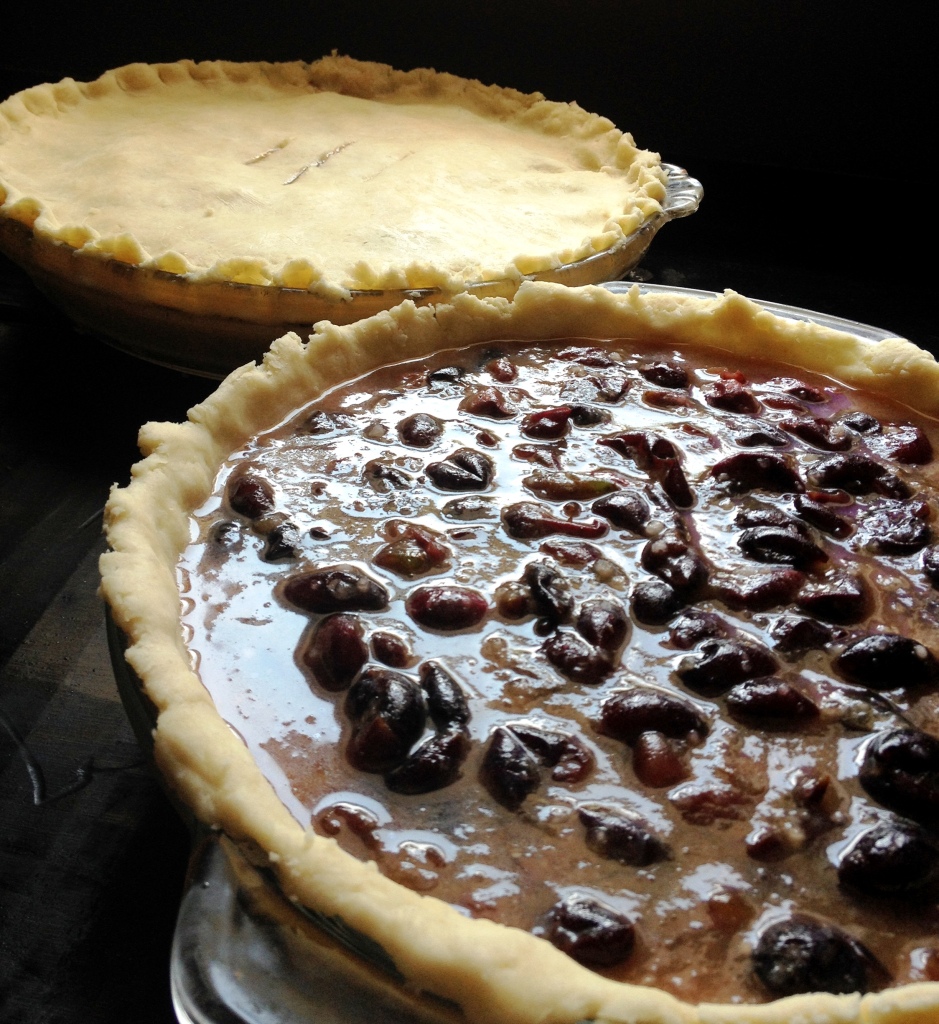
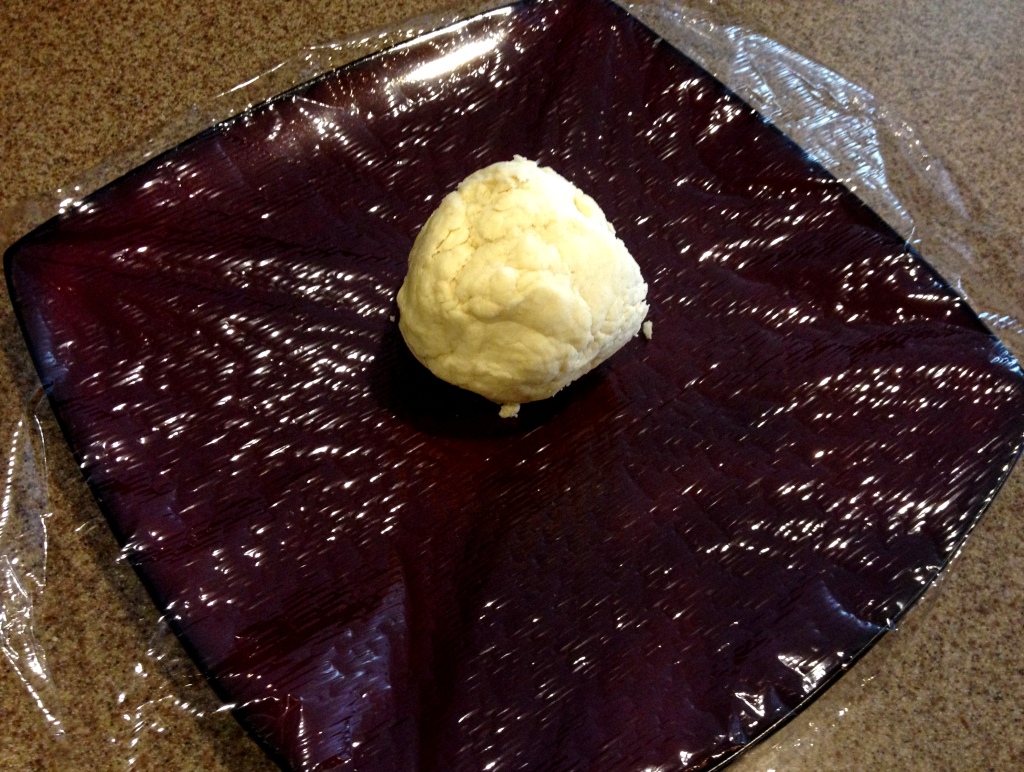
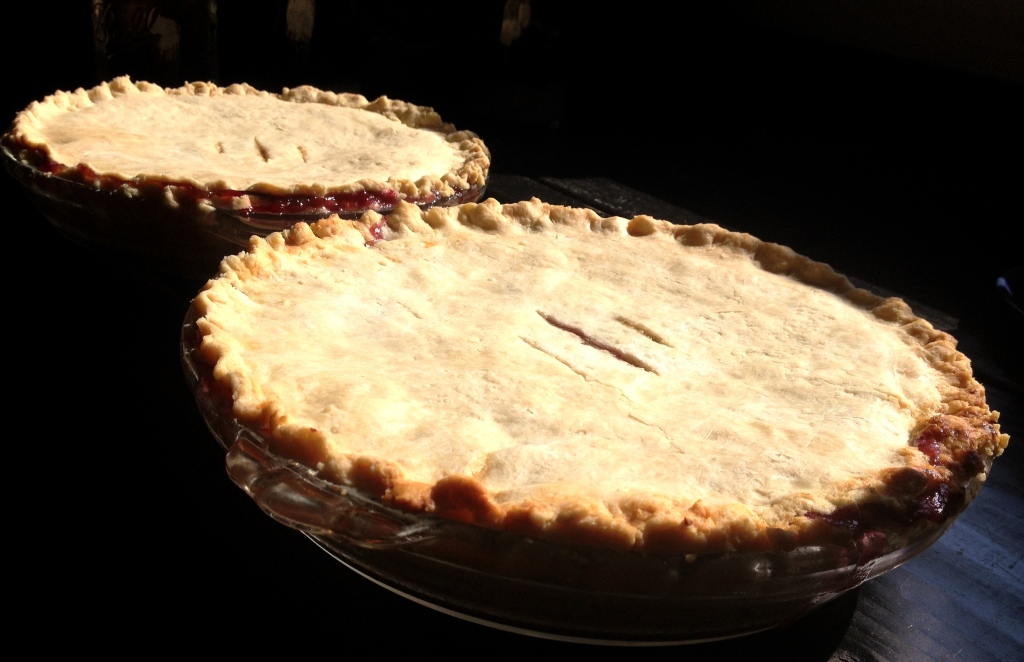

 The early twentieth century was defined by the Greatest Generation; the middle and late twentieth century by the baby boomers. As the twenty-first century dawns, everyone’s attention is turning toward the millennials. Politicians want to know what their hot-button issues are. Businesses want to know what products they want. Social commentators want to know what kind of a society we will pursue. And the church has questions too. Namely:
The early twentieth century was defined by the Greatest Generation; the middle and late twentieth century by the baby boomers. As the twenty-first century dawns, everyone’s attention is turning toward the millennials. Politicians want to know what their hot-button issues are. Businesses want to know what products they want. Social commentators want to know what kind of a society we will pursue. And the church has questions too. Namely:





